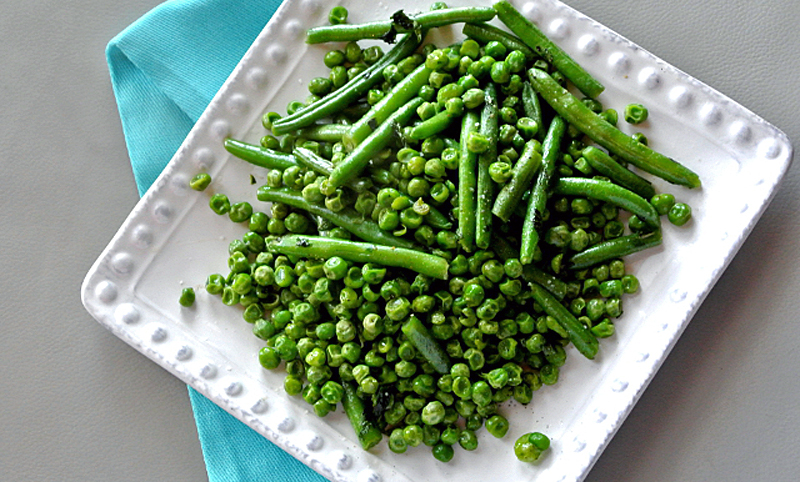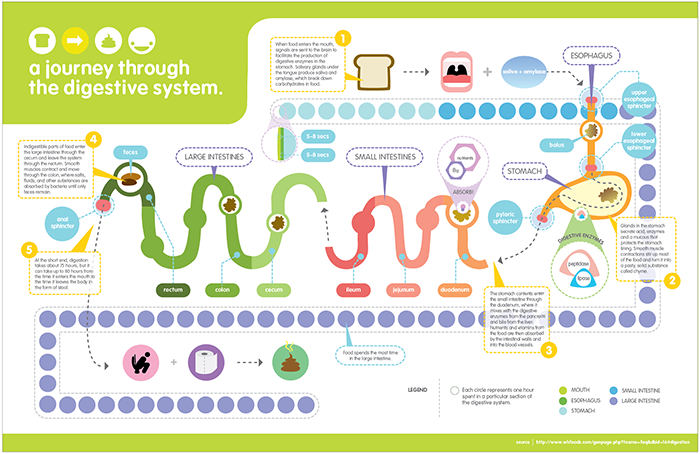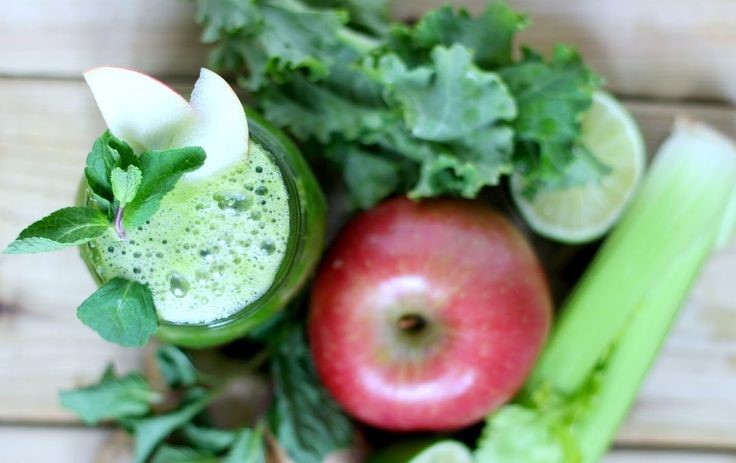
Sustainable eating meals based on legumes such as beans and peas are more satiating than pork and veal-based meals according to a recent study by the University of Copenhagen’s Department of Nutrition, Excercise and Sports. Results suggest that sustainable eating may also help with weight loss.
Numerous modern dietary recommendations encourage high protein consumption to help with weight loss or prevent the age-related loss of muscle mass. Furthermore, consuming more vegetable-based protein from beans and peas, and less protein from meats such as pork, veal and beef, is recommended because meat production is a far greater burden on our climate than vegetable cultivation.
The protein-rich meal composed of legumes contained significantly more fiber than the protein-rich meal of pork and veal, which probably contributed to the increased feeling of satiety”, according to the head researcher, Professor Anne Raben of the University of Copenhagen’s Department of Nutrition, Exercise and Sports.
Adding these to your diet may be a good weight-loss tool.
The results are published in the scientific journal Food & Nutrition.


